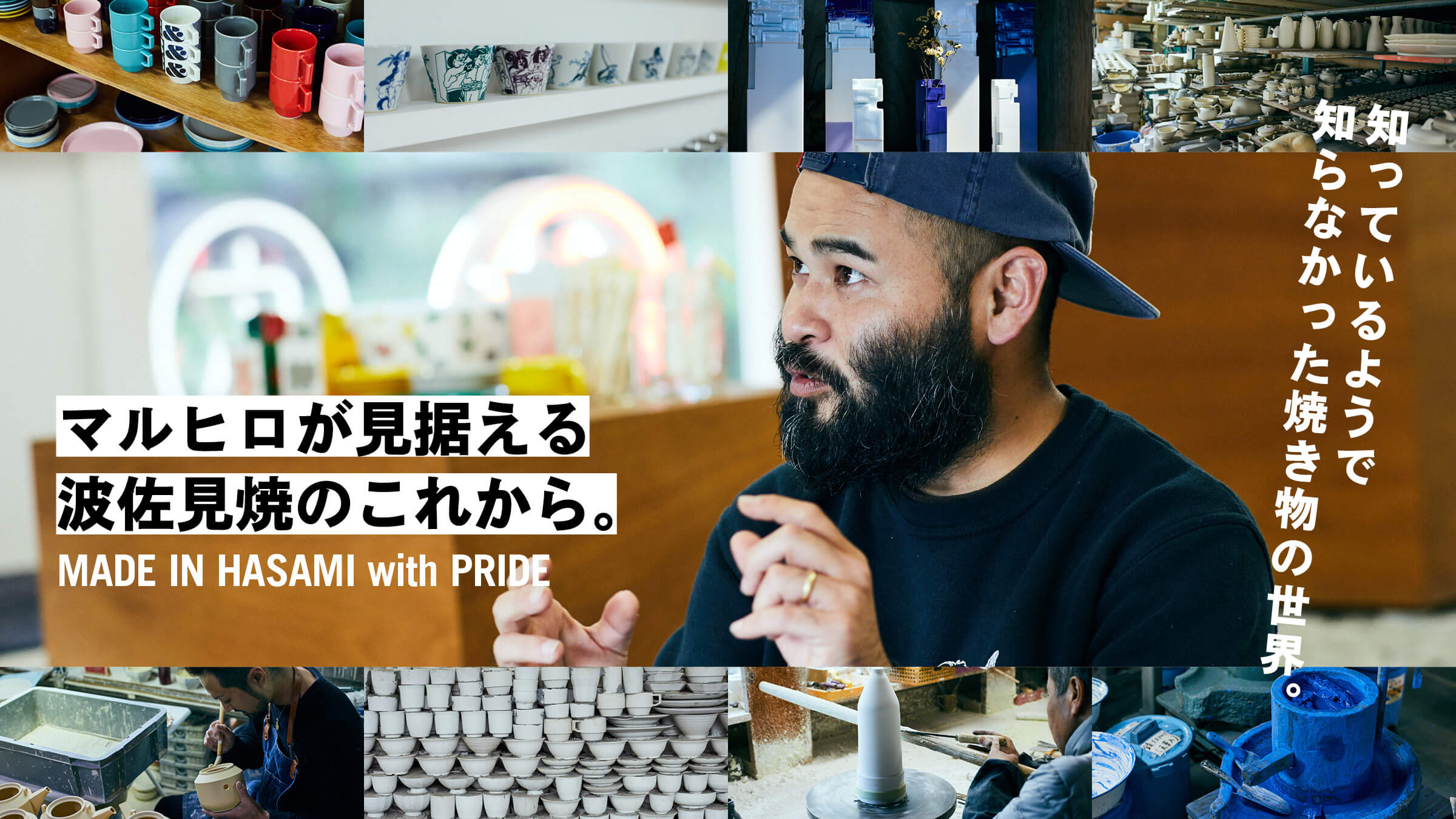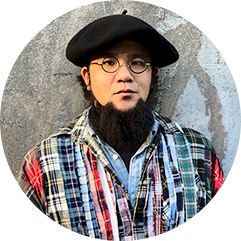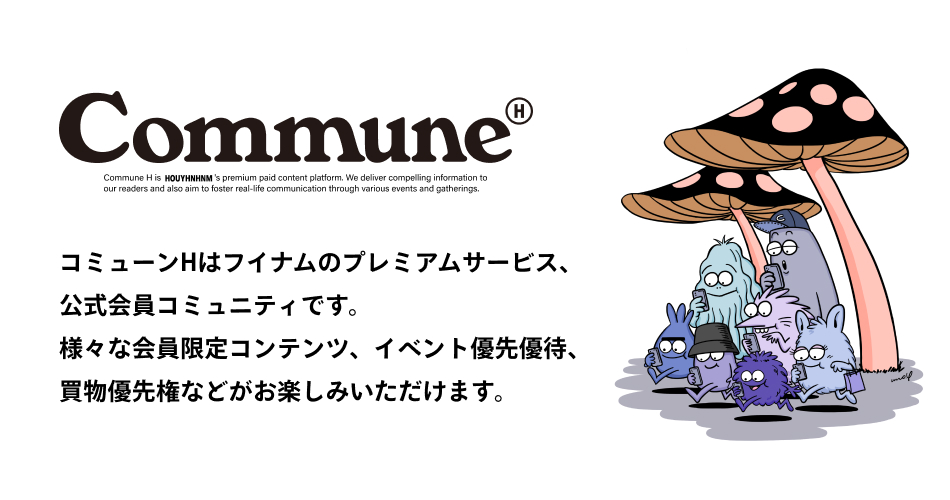The philosophy of Hasami-yaki pottery making taught at the kiln.

The factory has a kiln on the first floor, and painting and glazing are done on the second floor.
The final process of Hasami-yaki pottery making takes place at this kiln. Roughly speaking, the firing process takes place here, but the number of times it takes place depends on the item. Some pieces need to be printed or over glazed, and then fired again to stabilize them.

Some come from other places, some are blended locally. We try to share with them how we want to make the best use of them and what kind of pottery we want to make," says Baba Haruho, the owner of the kiln. It is important for me to share this information with them," says kiln owner Baba Haruho. Baba is a kiln owner whom MARUHIRO's Haruho trusts. When I talk to Haruho about what I want to make, she comes back with all kinds of ideas," he says.


This is an electric kiln. The temperature and time can be controlled by computer, which makes the work much easier than with analog kilns.
The temperature and location of baking in the kiln will produce different baking results. Of course, the finished product is totally different depending on what kind of clay is used. The way it shrinks also changes depending on the clay, so it is difficult to determine that. Some people learn by analyzing, but in my case, I tend to place things by intuition (laughs). Of course, in the end, I look at the results and think about what went well and what didn't." Haruho shares her tips for baking dough.

After baking, the dough has fine particles on it, which are removed by a special machine with wings.
Without this, painting and glazing cannot be done properly.

Dough arranged on a long, thin board. The dough is carried on the board like soba noodles being served, but just looking at it makes me nervous.

The pink-colored areas are painted with a special chemical on purpose to prevent the glaze from sticking.
The labels on the bottom are also attached by hand, one by one.

Each glaze is carefully applied by hand. It is difficult to apply the glaze evenly while adjusting the thickness.
After unglazing, the fabric is painted and glazed, as mentioned above. According to Haruho, "The most difficult part is the thickness of the glaze. If the glaze is not thick enough, the color will not come out properly, but if it is too thick, the desired texture will not be created. Such adjustments are not based on theory but on feeling, so it is a real challenge. The people who work at this kiln are also learning these unspoken techniques through their daily work. Haruho, of course, and some of the people here are aspiring artists, and they are all highly skilled. That's why we ask them to do the baking," Baba said proudly.

The Hasami-yaki pottery process begins with the making of a mold. The kiln maker is the last person to take over the baton, but Haruho has something else in mind. I do it with the mindset that I am making things from scratch," she said. I look at the clay, and in some cases, I go to the potter or glazier to give them my opinion. In this way, I want to create pottery with a high degree of perfection. Even though there is a division of labor, we work as if we are all one.
After painting and glazing, the fabric is fired, and if further printing or overglazing is necessary, it is fired again to finish the entire process of Hasami-yaki production. The finished pottery is then transported to a trading company.









